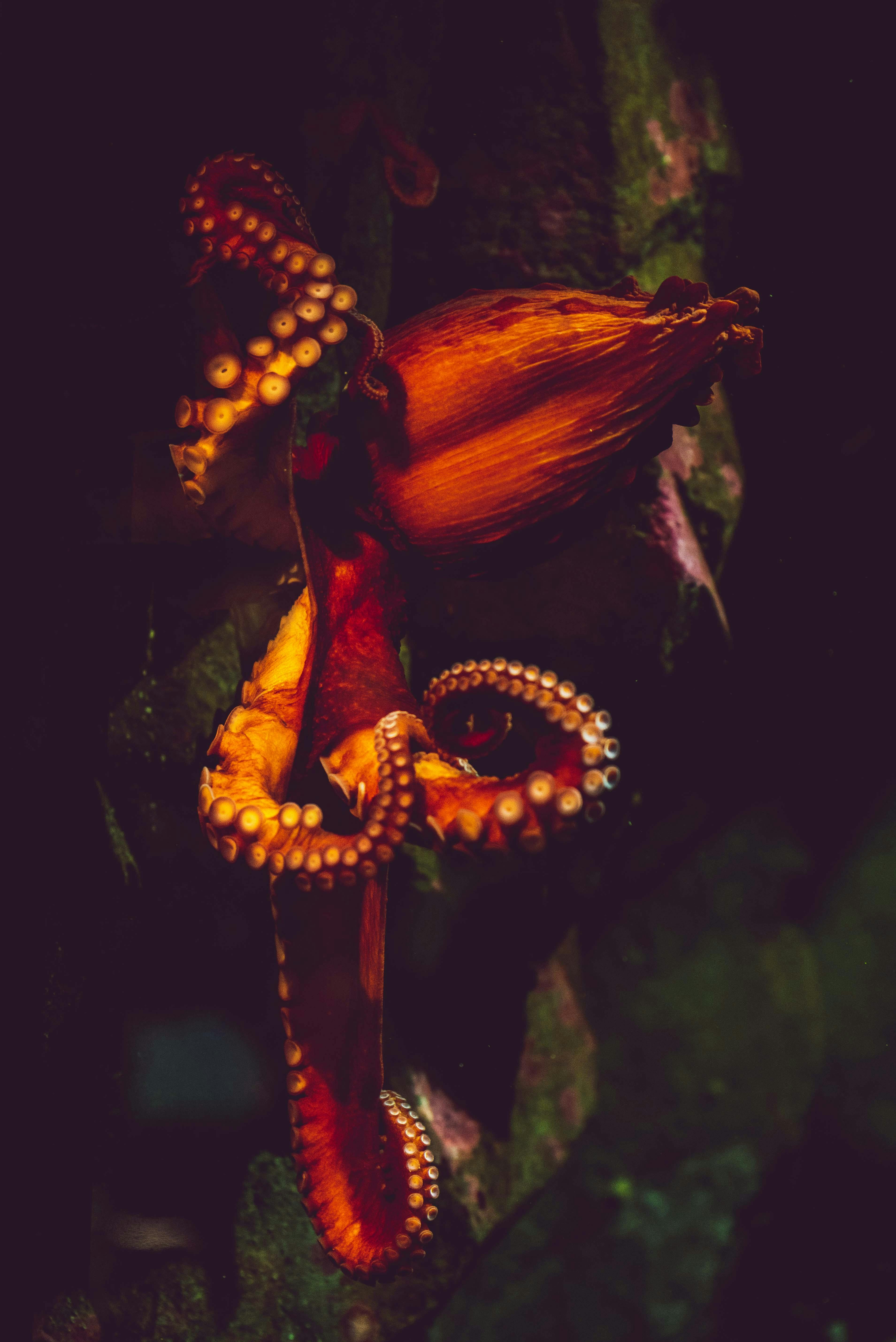Ephemeral Art: Embracing the Beauty of Impermanence
In a world obsessed with preservation and longevity, a captivating artistic movement challenges our perceptions of permanence. Ephemeral art, with its fleeting nature and temporal beauty, invites us to reconsider the value of transient experiences. This article delves into the fascinating realm of ephemeral art, exploring its origins, contemporary expressions, and profound impact on both creators and audiences alike.

The beauty of ephemeral art lies in its ability to capture a specific moment, evoking powerful emotions and experiences that are heightened by their fleeting nature. As viewers, we are compelled to engage fully with the artwork, knowing that our opportunity to experience it is limited. This urgency creates a unique connection between the artist, the artwork, and the audience, fostering a sense of presence and mindfulness.
Historical Roots and Evolution
While ephemeral art has gained significant attention in recent years, its roots can be traced back to ancient traditions and rituals. Indigenous cultures have long practiced temporary art forms as part of spiritual ceremonies and cultural expressions. Sand mandalas created by Tibetan monks, for instance, are intricate designs painstakingly crafted over days, only to be destroyed upon completion as a symbol of impermanence.
In the 20th century, ephemeral art began to emerge as a distinct movement within contemporary art circles. The Fluxus movement of the 1960s and 1970s embraced temporary and performative elements, challenging traditional art forms and institutions. Artists like Allan Kaprow pioneered happenings, interactive events that blurred the lines between art and everyday life, often leaving no physical trace behind.
Contemporary Expressions and Techniques
Today, ephemeral art takes on myriad forms, pushing the boundaries of creativity and audience engagement. Environmental artists like Andy Goldsworthy create stunning sculptures using natural materials found on-site, allowing them to decay and transform over time. These works not only highlight the beauty of nature but also serve as poignant reminders of our own transient existence within the natural world.
Digital technology has opened up new avenues for ephemeral art, with artists leveraging social media platforms and augmented reality to create temporary, interactive experiences. Snapchat filters and Instagram Stories have become unexpected canvases for artists to share fleeting creations with a global audience, blurring the lines between art, technology, and social interaction.
The Impact on Artists and Creative Process
For artists working in ephemeral mediums, the creative process takes on a unique dimension. The knowledge that their work will exist only briefly challenges them to approach their craft differently, focusing on the experience of creation rather than the end product. This shift in perspective often leads to greater experimentation, spontaneity, and a deeper connection with the present moment.
Many ephemeral artists speak of a sense of liberation that comes from letting go of the need for permanence. By embracing impermanence, they find freedom to take risks, explore new ideas, and push the boundaries of their artistic practice. The temporary nature of their work also allows for a more intimate and immediate connection with their audience, as the shared experience becomes the artwork itself.
Audience Engagement and Perception
Ephemeral art challenges audiences to reconsider their relationship with art and time. In a world where we can instantly access vast amounts of information and content, these temporary creations demand our full attention and presence. Viewers are encouraged to engage deeply with the work, knowing that their experience is unique and unrepeatable.
This shift in perception can have profound effects on how we value art and experiences in general. By highlighting the beauty and significance of fleeting moments, ephemeral art invites us to appreciate the present more fully and find meaning in the transient aspects of our lives.
Documenting the Undocumentable
One of the intriguing paradoxes of ephemeral art lies in the desire to capture and share these temporary creations. While the essence of the art form lies in its impermanence, many artists and audiences feel compelled to document these fleeting moments through photographs, videos, or written accounts.
This tension between the ephemeral nature of the work and the impulse to preserve it raises interesting questions about the role of documentation in art. Some argue that attempts to capture ephemeral art fundamentally change its nature, while others see documentation as a way to extend the life and impact of these temporary creations.
The Future of Ephemeral Art
As our world becomes increasingly digital and fast-paced, the appeal of ephemeral art continues to grow. Artists and audiences alike are drawn to the authenticity and immediacy of these temporary experiences, finding in them a counterpoint to the constant barrage of information and stimuli in our daily lives.
Looking ahead, we can expect to see further innovation in the field of ephemeral art, with new technologies and platforms offering exciting possibilities for creation and engagement. Virtual and augmented reality, for instance, present intriguing opportunities for immersive, temporary experiences that blur the lines between physical and digital realms.
In conclusion, ephemeral art stands as a powerful reminder of the beauty and significance of impermanence. By embracing the temporary, these artists and their creations invite us to live more fully in the present, appreciating the fleeting moments that make up our lives. As we continue to navigate an ever-changing world, the lessons of ephemeral art – to be present, to let go, and to find beauty in the transient – become ever more relevant and profound.





